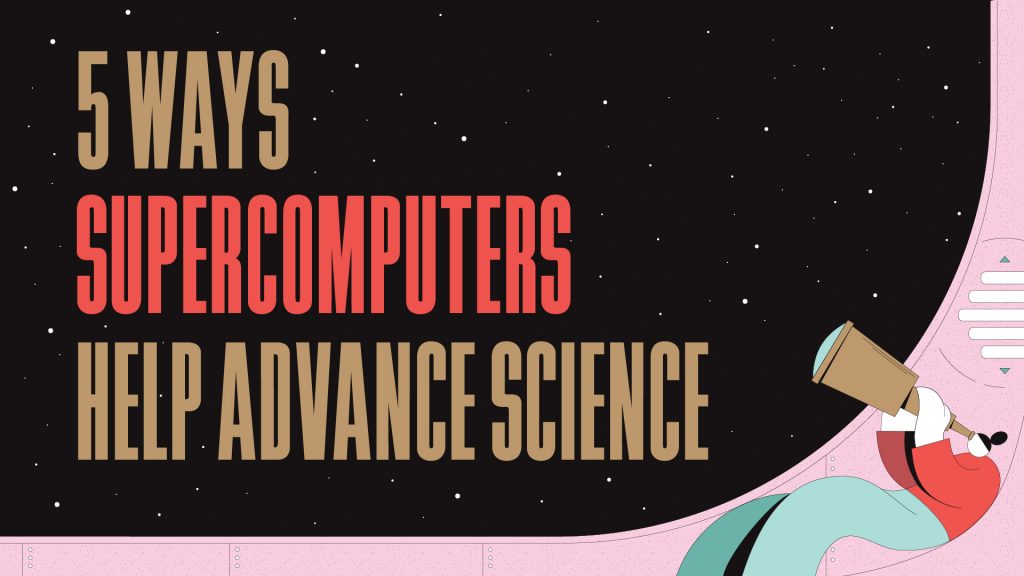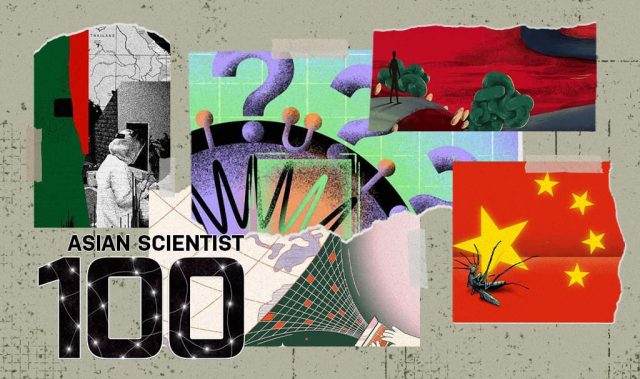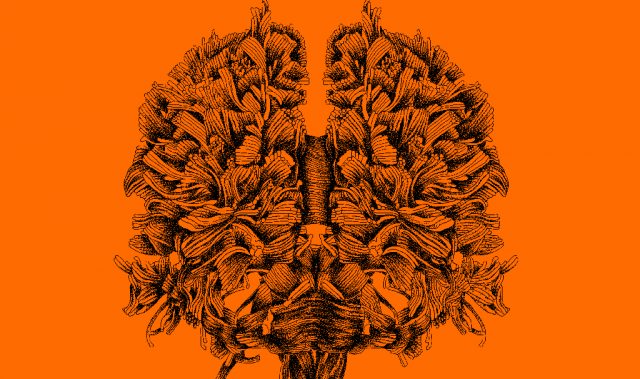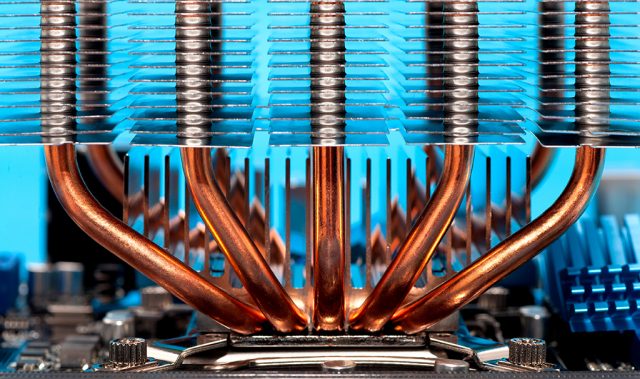
AsianScientist (Feb. 13, 2019) – Supercomputers are the heavy weight champions of the computer world—China’s most powerful supercomputer, the Sunway TaihuLight, for example, can perform 93,000 trillion calculations per second, about a million times faster than a typical laptop computer.
This astronomical processing power makes supercomputers perfect for tackling some of the biggest scientific questions researchers grapple with today. With the machines’ capability to analyze large amounts of data with multiple variables, they may put researchers one step closer to long-sought goals—understanding the origins of the universe, perhaps, or mapping out the human brain.
Mapping out the universe

Tracking the births and deaths of stars and galaxies can prove challenging using just observational astronomy—even the best telescopes have limitations.
Here’s where supercomputers can help: by feeding supercomputers with data from satellite observations, theoretical astronomers can obtain a virtual simulation of the universe.
Currently, it is possible to simulate our universe—from star formation to the distribution of dark matter—in a cube-shaped volume with sides nearly one billion light-years long. However, with the ATERUI II, a Cray XC50 supercomputer at the National Astronomical Observatory of Japan (NAOJ), the dimensions of such simulations can be extended up to 5.4 billion light-years on each axis.
With 40,200 cores linked to achieve a theoretical peak performance of 3.087 petaFLOPS, the ATERUI II is the fastest available parallel supercomputer for astrophysical simulations, and can tackle problems too difficult for previous computers. For example, it can calculate the mutual gravitational forces between the 200 billion stars in the Milky Way, instead of separating the stars into smaller groups like other simulations do. As such, ATERUI II will generate a full-scale, high-resolution model of the Milky Way.
“The age of the universe is 13.8 billion years,” said Professor Eiichiro Kokubo, project director for the Center for Computational Astrophysics at NAOJ. “With ATERUI II, we could explore the universe, from the past to the future.”












